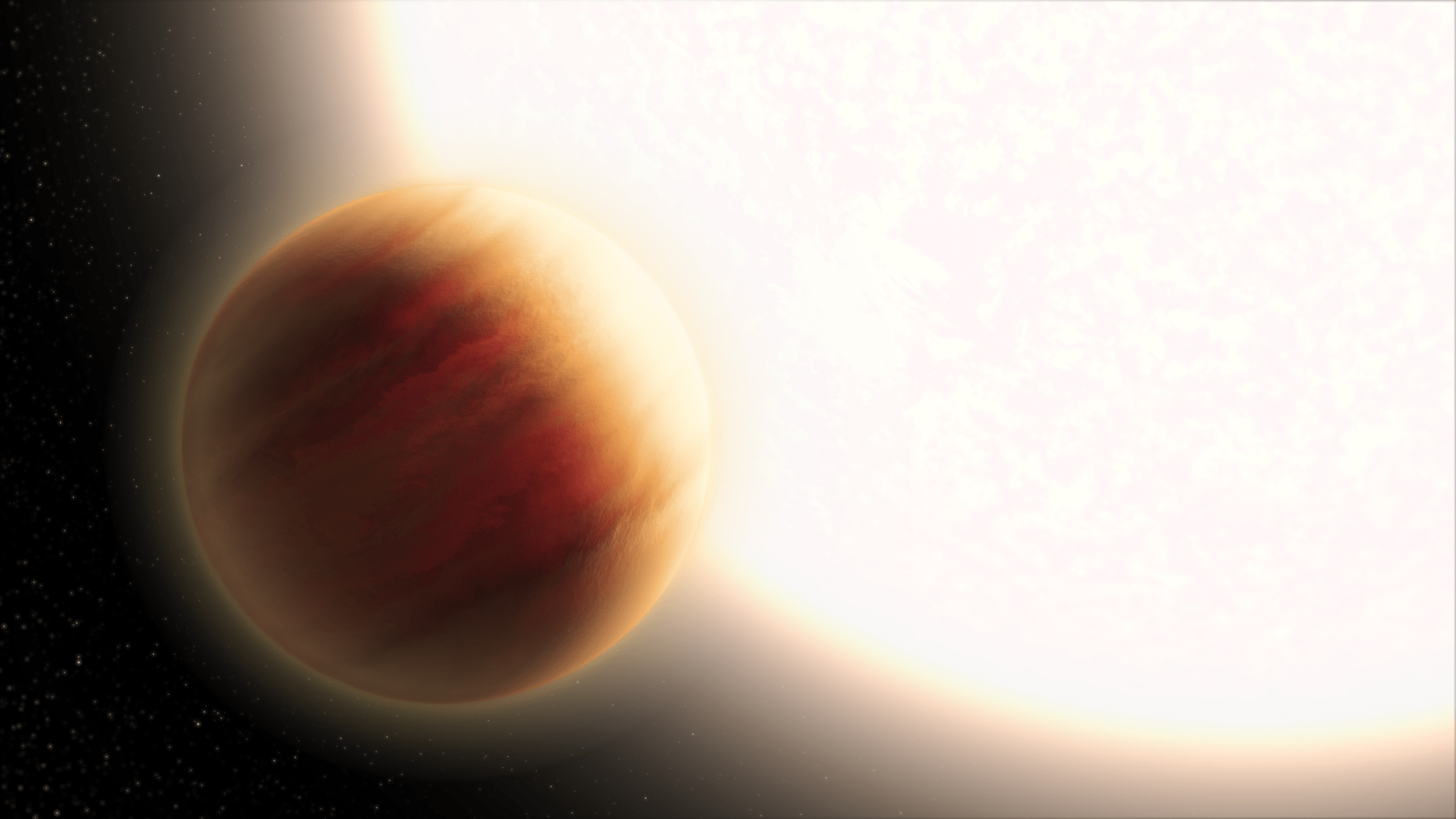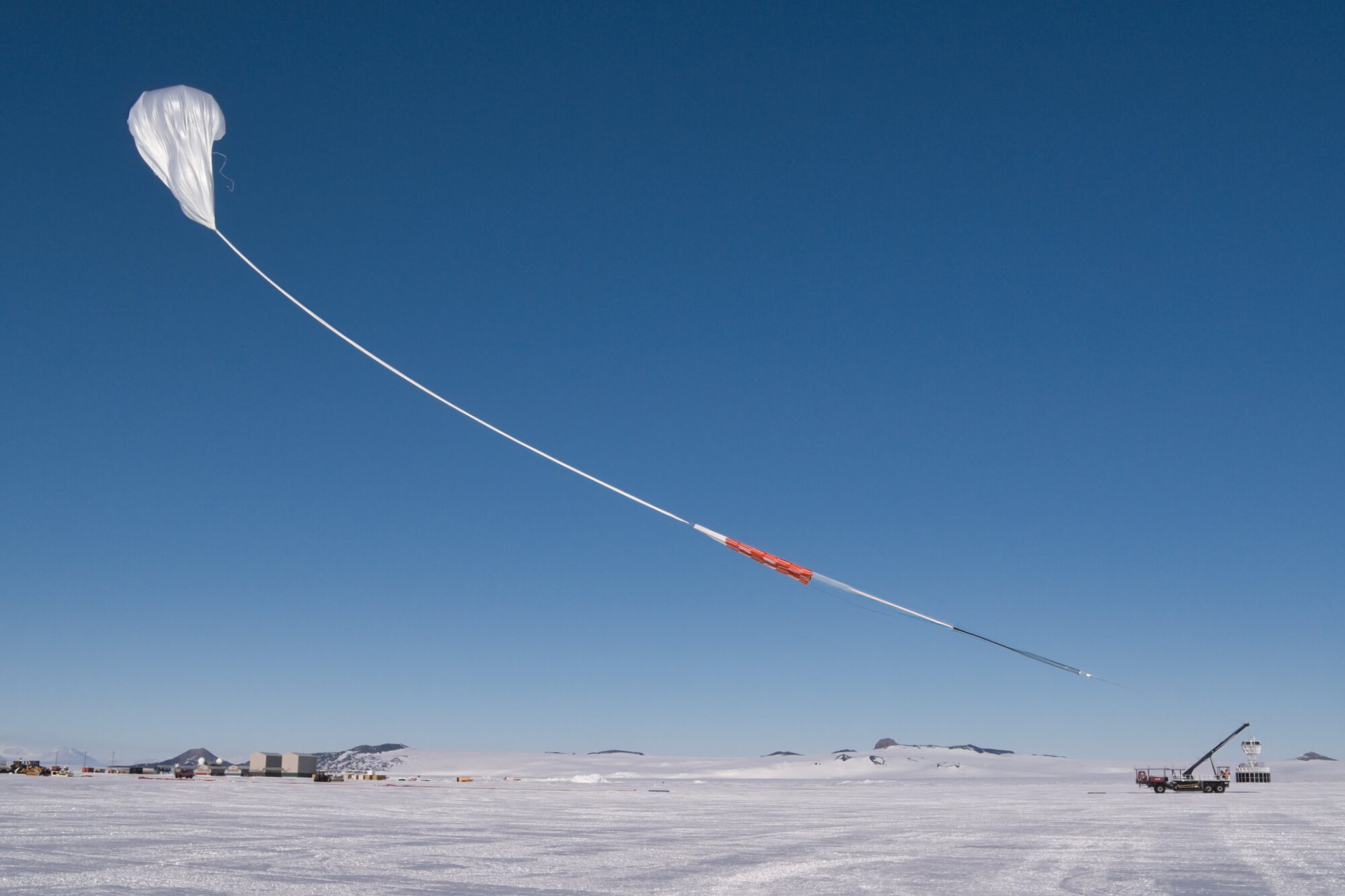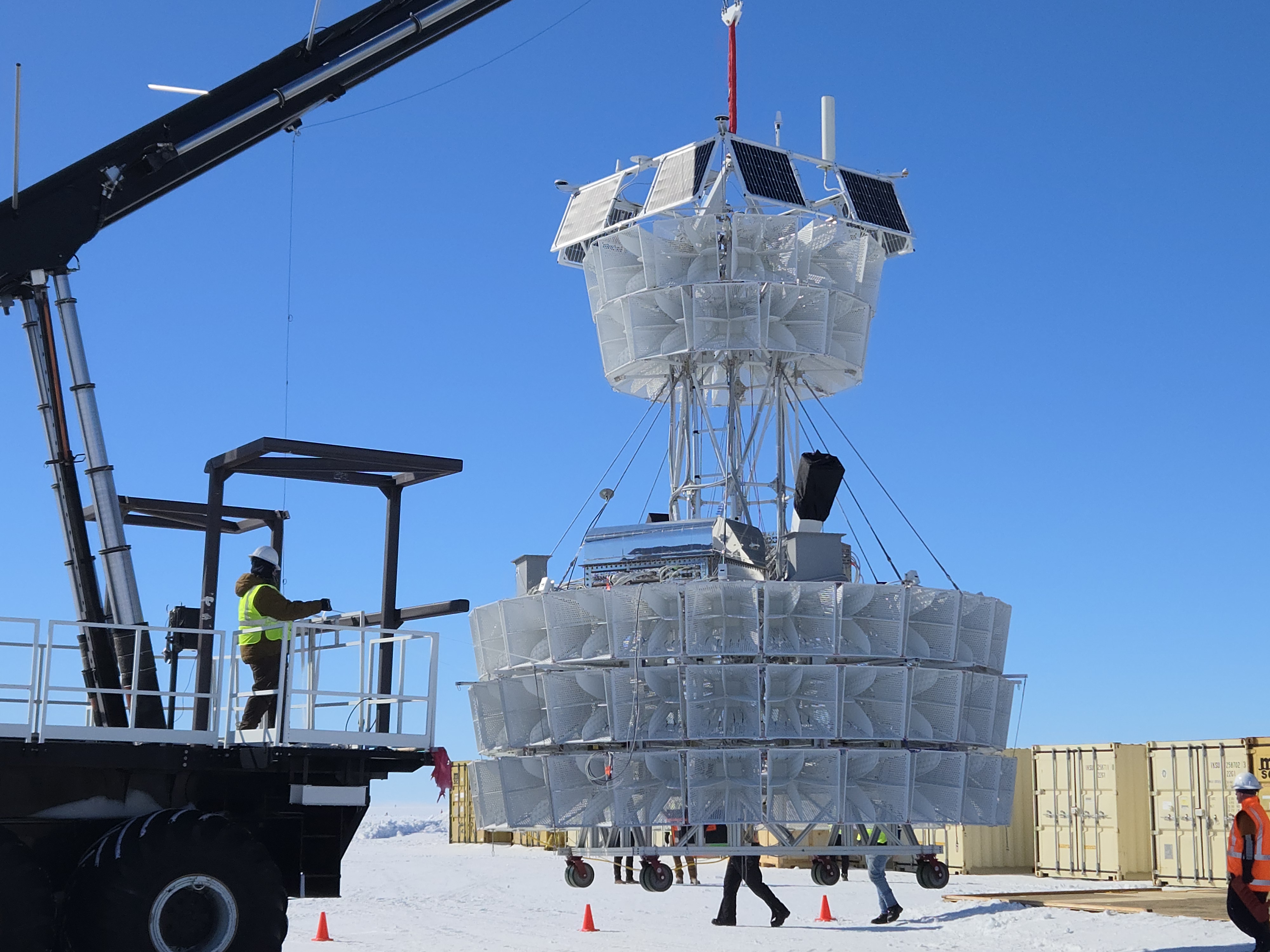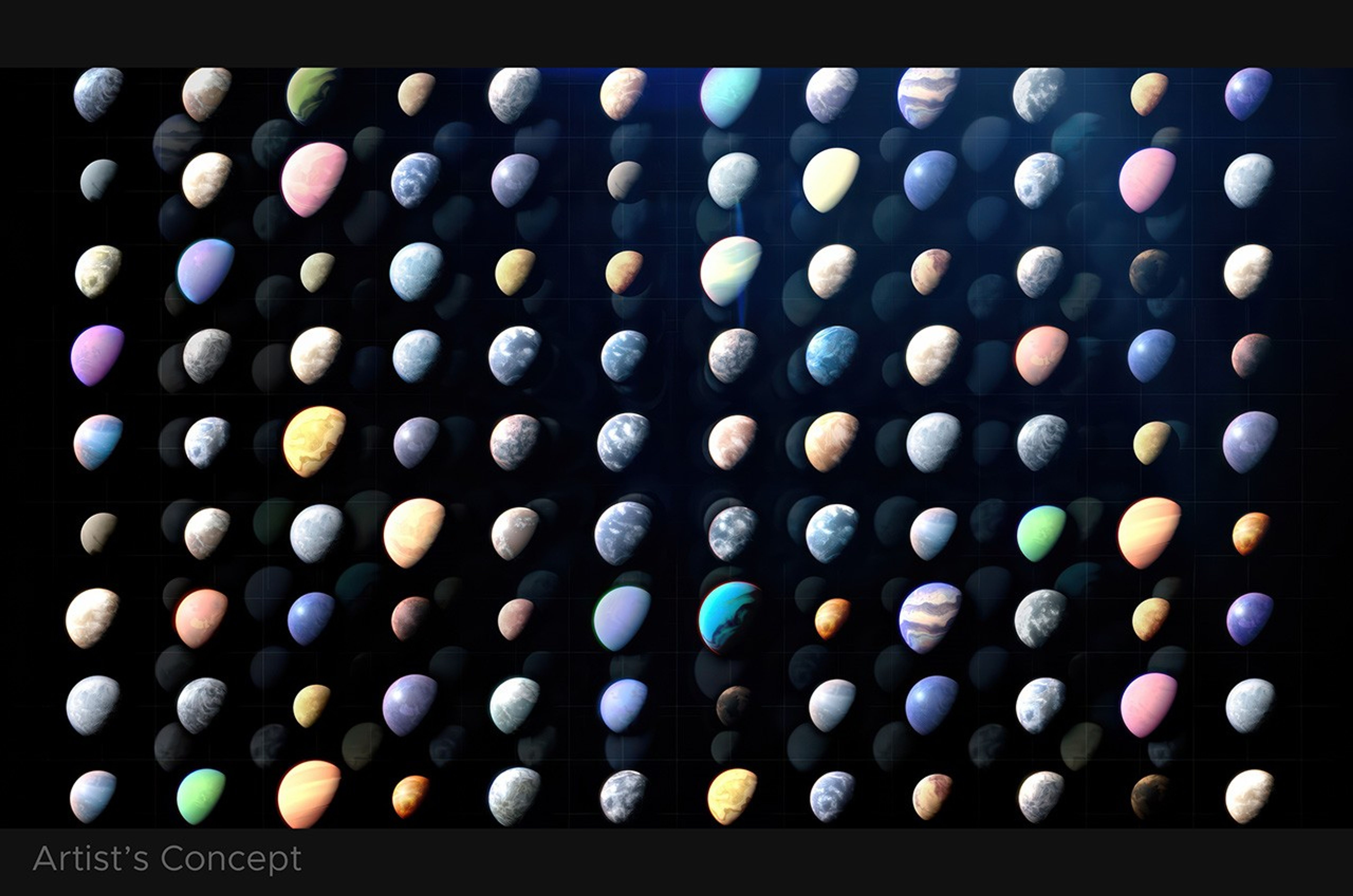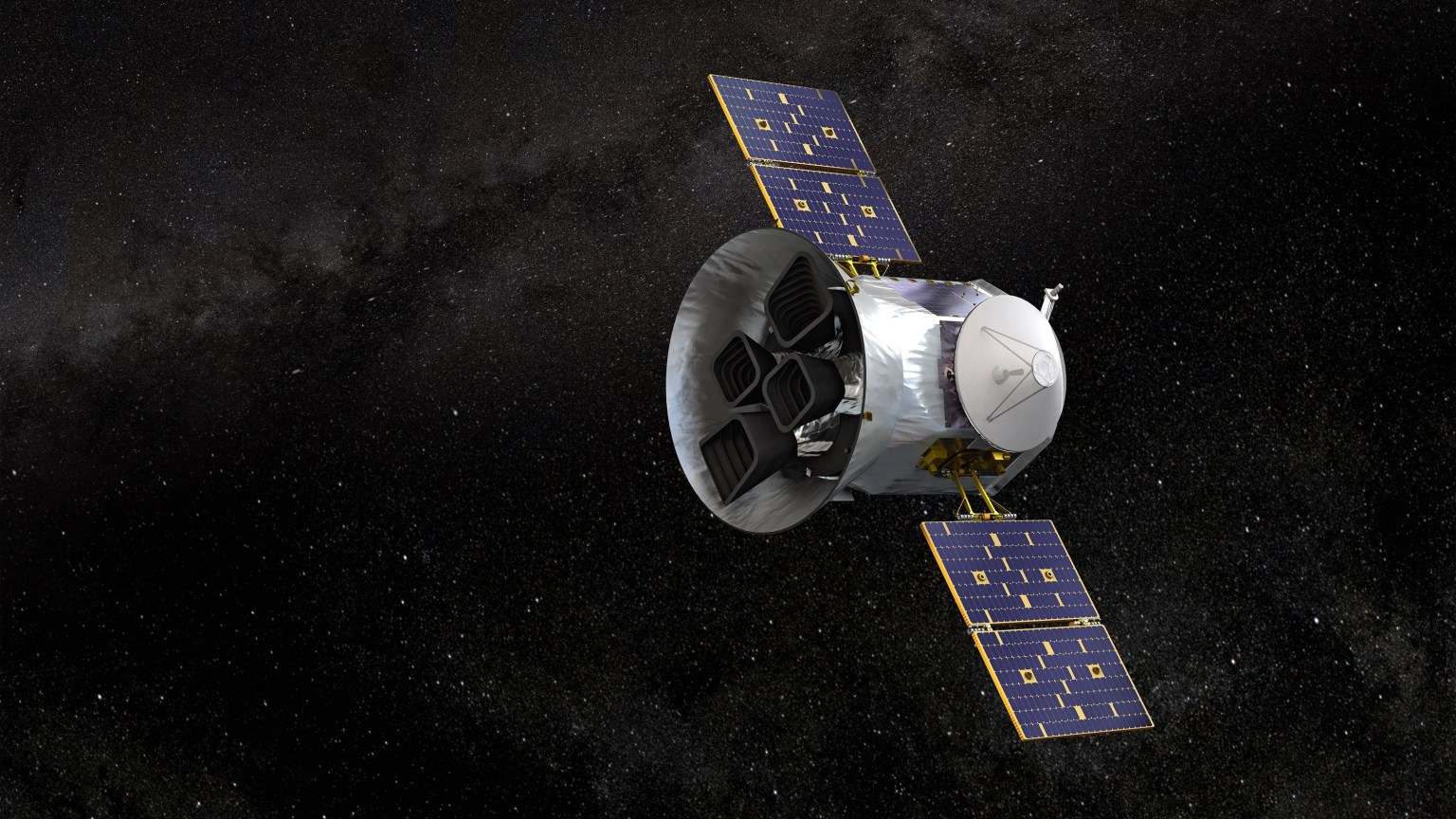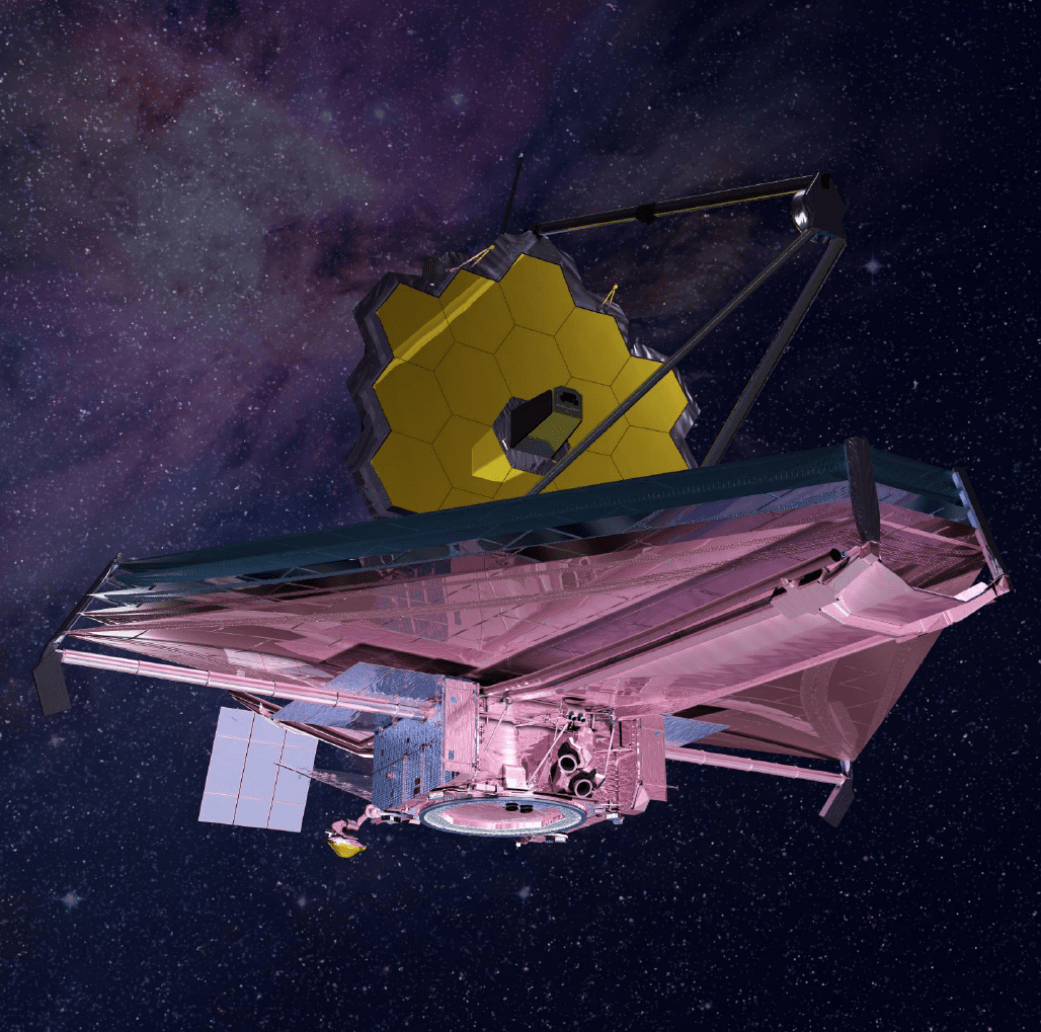EXCITE (EXoplanet Climate Infrared TElescope)
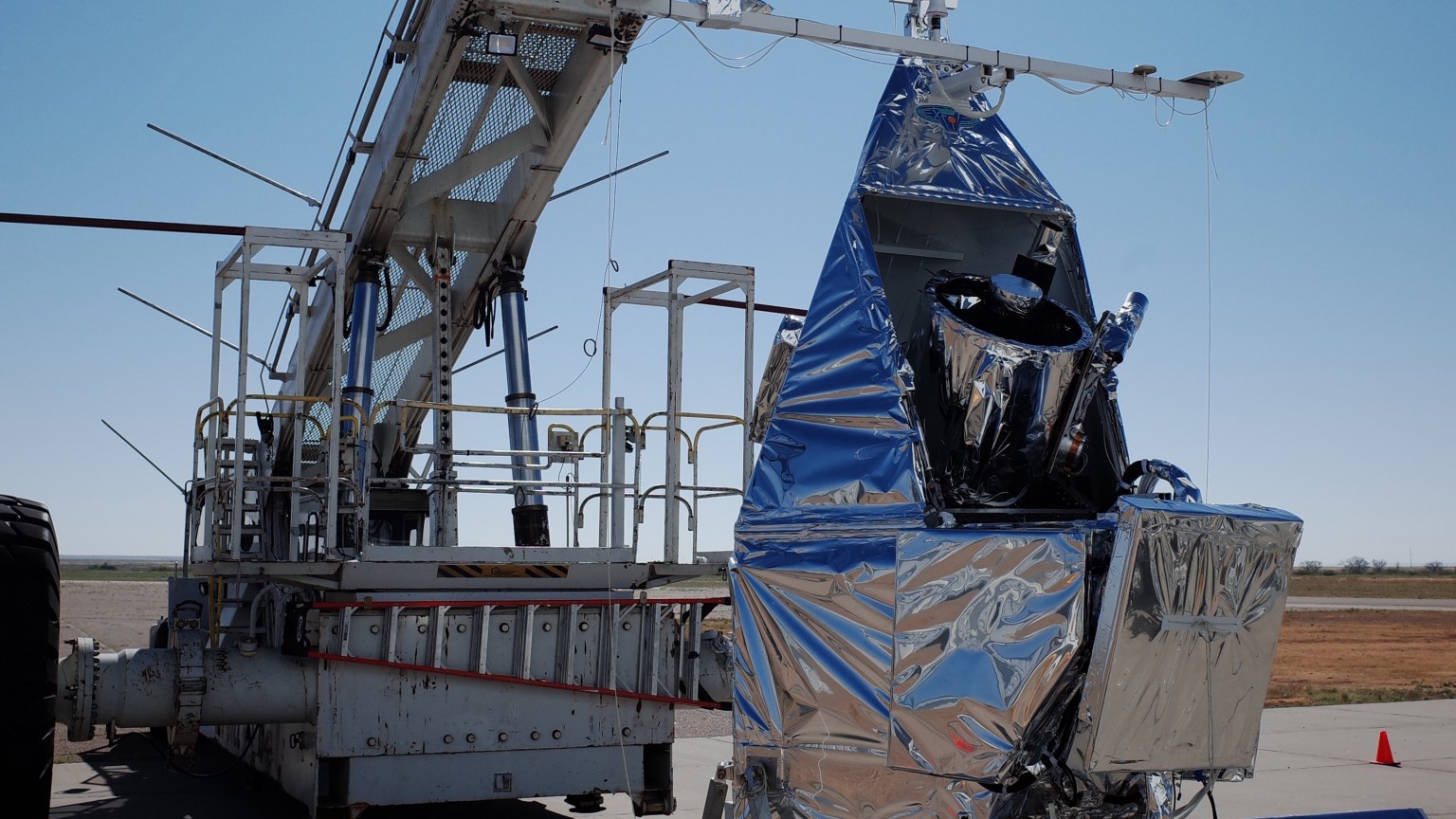
NASA’s EXCITE Mission Prepared for Scientific Balloon Flight
Editor’s note: EXCITE successfully launched at 9:22 a.m. EDT (7:22 a.m. MDT) Saturday, Aug. 31. The balloon and payload reached…
Read the Story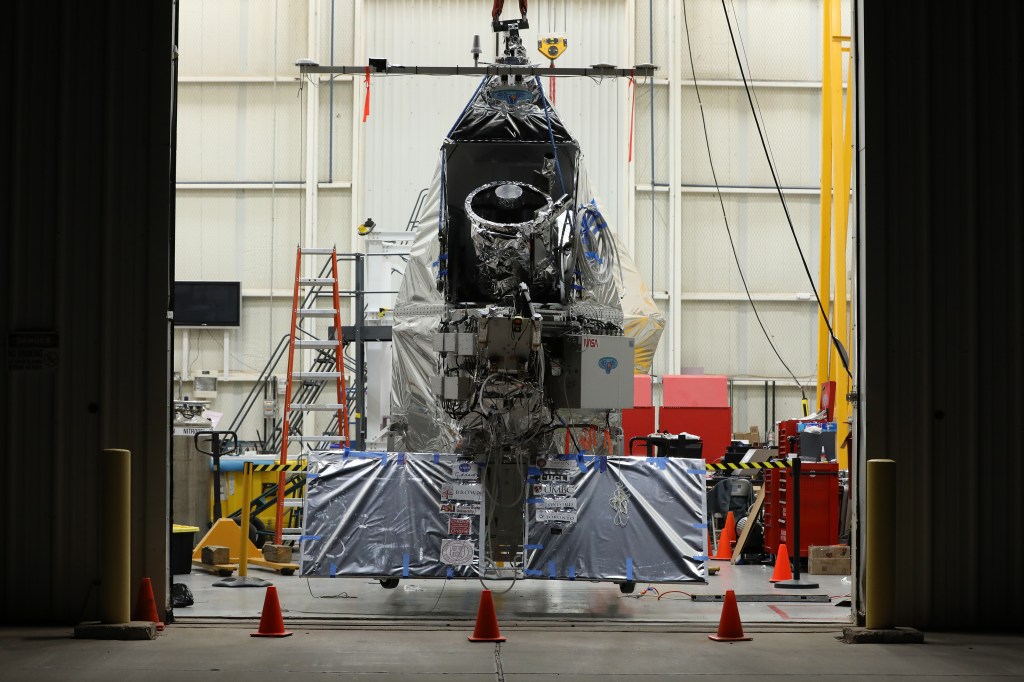
About EXCITE
EXCITE plans to study hot Jupiters, gas giant exoplanets that complete an orbit once every one to two days and have temperatures in the thousands of degrees. The worlds are tidally locked, which means the same side always faces the star.
The telescope can determine how molecules in a world’s atmosphere absorb and emit light over the entire orbit, a technique called phase-resolved spectroscopy.
In EXCITE’s infrared range, phase-resolved spectroscopy can provide a dynamic, three-dimensional look at the temperature and composition of a planet’s atmosphere. This data can help scientists build a picture of how atmospheric winds redistribute heat from the planet’s scalding dayside to the relatively cooler nightside and how temperature varies at different atmospheric depths. Scientists can also get an idea of what molecules — like water, methane, and carbon dioxide — are present at different altitudes.
EXCITE is designed fly to about 132,000 feet (40 kilometers) via a scientific balloon filled with helium. That takes it above 99.5% of Earth’s atmosphere. At that altitude, the telescope will be able to observe multiple infrared wavelengths with little interference. The telescope could take observations over both the north and south poles, although flights over Antarctica allow for longer-duration flights at a latitude optimum for observing planets for their entire orbit.
The EXCITE instrument was primarily built by NASA’s Goddard Space Flight Center in Greenbelt, Maryland; Brown University in Providence, Rhode Island; Arizona State University in Tempe; and StarSpec Technologies in Ontario. It has additional support from collaborators in the U.S., Canada, Italy, and the United Kingdom.
How NASA Uses Generative AI Design in Spaceflight Structures
EXCITE utilizes generative design AI to create high-performance, efficient spaceflight structures that will significantly reduce development time and advance the possibilities of space exploration.
Scientific Balloons
Learn more about NASA’s Scientific Balloon Program.
Learn More about Scientific Balloons



























